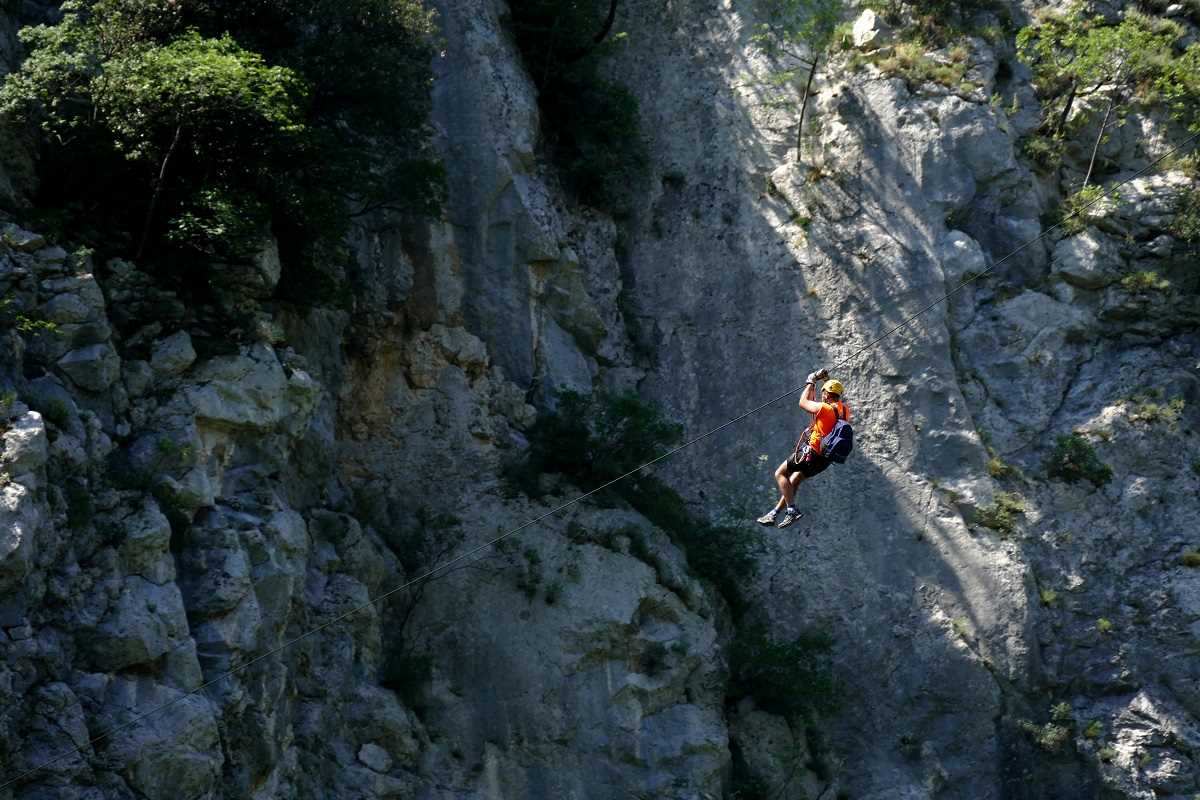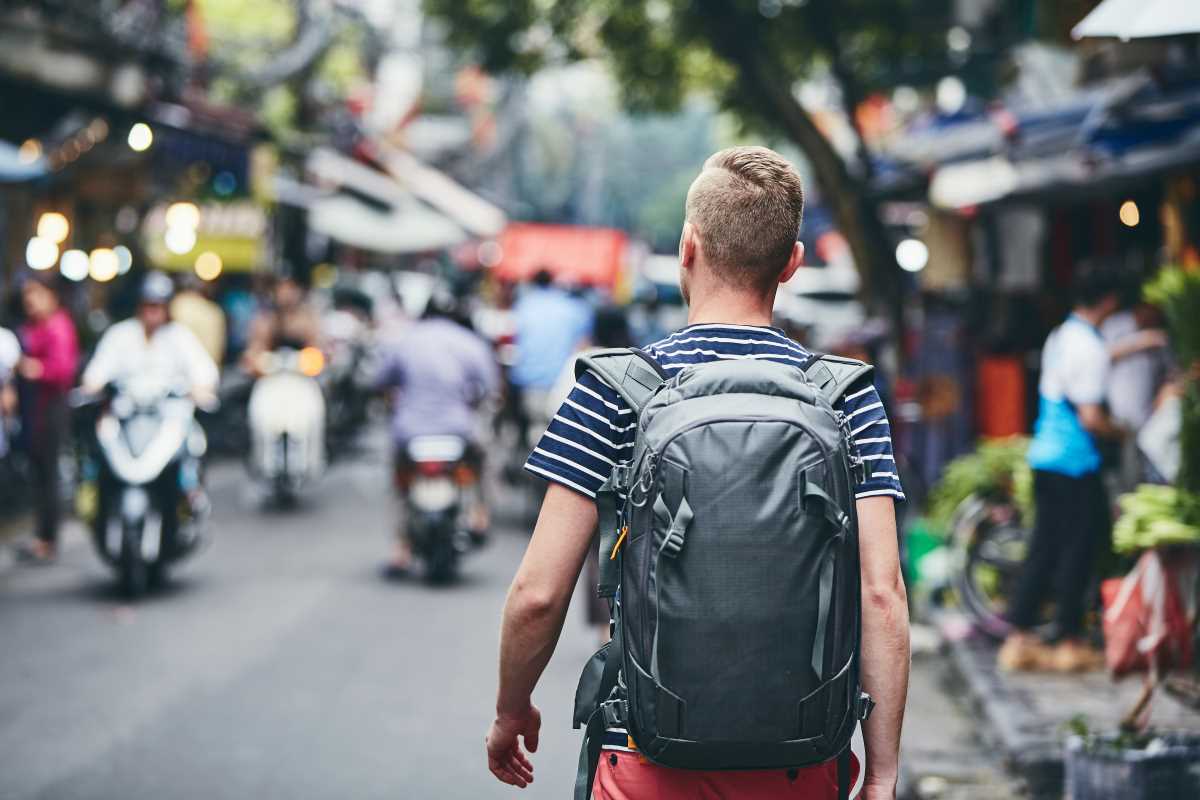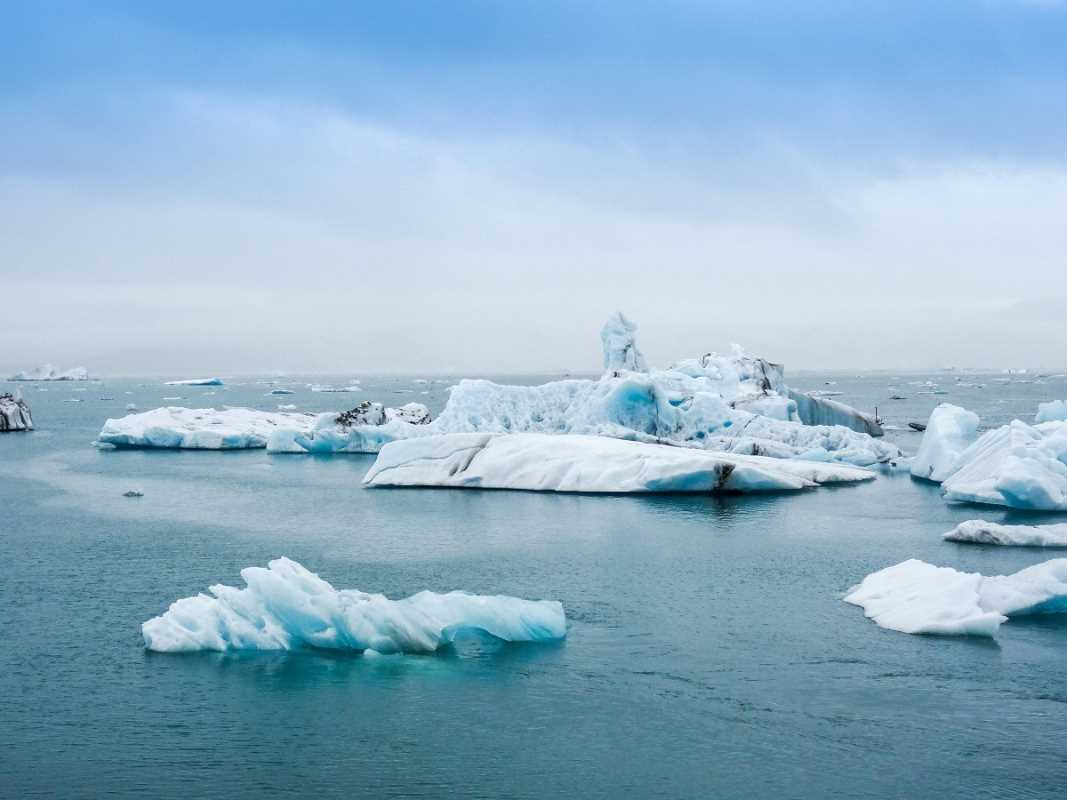If you're the type of traveler who thrives on adrenaline-filled activities like skiing down alpine slopes, scuba diving in remote reefs, or testing your courage on a bungee jump, you already know that adventure comes with its risks. These thrilling experiences can be unforgettable, but they can also bring the unexpected—from twisted ankles on rugged hiking trails to equipment failures at 50 feet underwater.
That’s why travel insurance isn’t just a nice-to-have for adventure seekers; it’s practically essential. But not all travel insurance policies are created equal, especially when it comes to high-intensity activities. Some plans will save you in sticky situations, while others may leave you high and dry because of exclusions buried in the fine print. This guide walks you through what’s typically covered, what’s not, and how to choose the right policy for your next adventure.
Why Adventure Travelers Need Travel Insurance
Adventure travel often takes you far off the beaten path, sometimes even out of reach of local resources or emergency assistance. Climbing that snow-capped peak might be exhilarating, but getting injured at high altitude isn’t as simple as calling for help.
Here are the main reasons travel insurance is a must for adventure seekers:
- Protection for Medical Emergencies
- Accidents can happen anywhere, but activities like skiing or rock climbing make injuries far likelier. Travel insurance can help cover hospital stays, emergency treatments, and follow-up care when you're in a foreign country or in remote locations.
- Evacuation Coverage
- Some destinations and activities, like trekking the Himalayas or scuba-diving shipwrecks, require specialty rescue services in emergencies. These can cost tens of thousands of dollars out of pocket, but a policy with emergency evacuation coverage ensures you’re safely transported to a suitable medical facility without breaking the bank.
- Trip Investment Protection
- Heli-skiing packages or guided expeditions can be pricey. If unforeseen circumstances like an illness or severe weather force you to cancel your plans, trip cancellation or interruption coverage helps safeguard your prepaid expenses.
- Coverage for Equipment Loss or Damage
- Bringing your own adventure gear, like surfboards or mountaineering equipment? Travel insurance often covers the cost to repair or replace lost or damaged items, either during transit or at your destination.
Now that you know why it’s vital, here’s what you can expect a policy to cover—and where it might fall short.
What’s Typically Covered in Adventure Travel Insurance
When shopping for travel insurance, it’s important to focus on policies that specifically cater to adventurous activities. Here are the main types of coverage to look for:
1. Emergency Medical Expenses
If you’re injured or become ill while participating in covered activities, the medical portion of your travel insurance kicks in to cover hospital stays, surgeries, medications, and more. Some policies also cover emergency dental treatments, which can be helpful if you crack a tooth during a rigorous hike.
2. Emergency Evacuation and Repatriation
If you’re hiking in a remote area and need helicopter evacuation or specialized equipment to be transported safely, your policy will cover these costs. This may also include repatriation, ensuring you get back home if you’re unable to continue traveling due to an injury or illness.
3. Trip Cancellation or Interruption
If your adventure plans are disrupted by unexpected events, such as severe weather, a medical emergency, or even a sudden family emergency back home, trip cancellation or interruption coverage can reimburse your lost costs.
4. Lost or Damaged Gear
Some insurers include coverage for adventure sports gear like snowboards, cameras, or climbing equipment. If your gear is lost or damaged in transit or while in use, you’ll receive compensation for replacements.
5. Personal Liability
Accidents during adventurous activities could lead to property damage or injuries to others. Personal liability coverage protects you financially if you’re found responsible for damages.
What’s Often Not Covered
While adventure travel insurance can be a lifesaver, it’s not a catch-all. Here are some common exclusions you’ll want to watch out for when selecting a policy.
1. High-Risk or Extreme Sports
Not all adventurous activities are automatically covered. Many standard policies exclude high-risk activities like mountaineering above certain altitudes, skydiving, or participation in professional competitions. Even something like scuba diving might be excluded unless you’re certified or accompanied by a qualified instructor.
2. Reckless Behavior
If you got injured because you broke safety guidelines or engaged in risky behavior (like skiing off-trail without proper equipment), your claim might be denied. Recklessness is a major red flag for insurers.
3. Pre-Existing Medical Conditions
Most travel insurance policies won’t cover complications related to pre-existing health issues unless you purchase a waiver or specific add-on for this coverage.
4. Alcohol-Related Incidents
Accidents that occur while you’re under the influence of alcohol or drugs are typically not covered. It’s something to keep in mind if your trip includes après-ski or other festive moments.
5. Natural Disasters in Progress
If you’re traveling to an area already experiencing a natural disaster, like a flood or volcanic eruption, insurers generally won’t allow claims related to that event unless your policy was purchased beforehand.
Tips for Choosing the Right Policy
When selecting a travel insurance policy tailored for adventurous activities, a one-size-fits-all approach won’t work. Here’s how to make the right choice for your trip:
1. Verify Activity-Specific Coverage
Read the fine print carefully to make sure the policy includes your activities. If it doesn’t, look into add-ons or riders specific to those sports (like skiing, scuba diving, or zip-lining).
2. Assess Coverage Limits
Some policies have limits for certain types of claims, such as medical costs or lost luggage. Confirm that these limits are high enough to meet your needs, especially for costly rescues or advanced medical treatments.
3. Look for Comprehensive Emergency Support
Ensure your policy includes 24/7 emergency assistance. This could be invaluable if something goes wrong on an expedition or in a remote location.
4. Check Provider Reviews
Not all insurers deliver the same level of quality when it comes to claims processes or customer support. Research and compare providers, paying attention to reviews from other adventure travelers.
5. Understand Exclusions
Familiarize yourself with the list of exclusions before you commit. If a key component like high-altitude climbing isn’t covered, it might be worth shopping for a more tailored policy.
Actionable Advice for Adventure Seekers
To minimize risk and maximize protection, follow these steps as you prepare for your trip:
- Buy Insurance Early: Purchase travel insurance as soon as you book activities or make deposits to ensure coverage for cancellations or disruptions.
- Plan for the Known Risks: If your trip involves activities with a higher risk factor, like bungee jumping or canyoning, consider upgrading your policy with applicable riders.
- Travel with Safety in Mind: Follow all established safety guidelines for your chosen activities. Use certified guides, wear appropriate gear, and don’t cut corners when it comes to preparation.
- Keep Documents Handy: Carry a copy of your insurance details, including emergency contact numbers and your policy ID. This ensures you have quick access if you need help.
- Stay Healthy: Adventures can be physically demanding. Make sure you’re in good health and prepared for the challenges of your destination.
Adventure travel is all about pushing your limits and creating unforgettable experiences. The last thing you want is for an unexpected event to derail your trip financially or logistically.
 (Image via
(Image via





